The Call of the Wild hopped back onto pop culture radar in February of the year 2020 due to the release of the big budget move starring Harrison Ford. The novel by Jack London, however, has been around since 1903 when it was first published.
While the latest adaptation of The Call of the Wild took a few liberties with London's original tale, the story still follows Buck, a previously pampered pet as he is kidnapped and finds himself in the Alaskan Yukon and on a very different adventure than he ever imagined. With Buck being the real lead role in the book and the film here are a few things you might not know about the feisty pup.
10 Buck was Based on a Real Dog
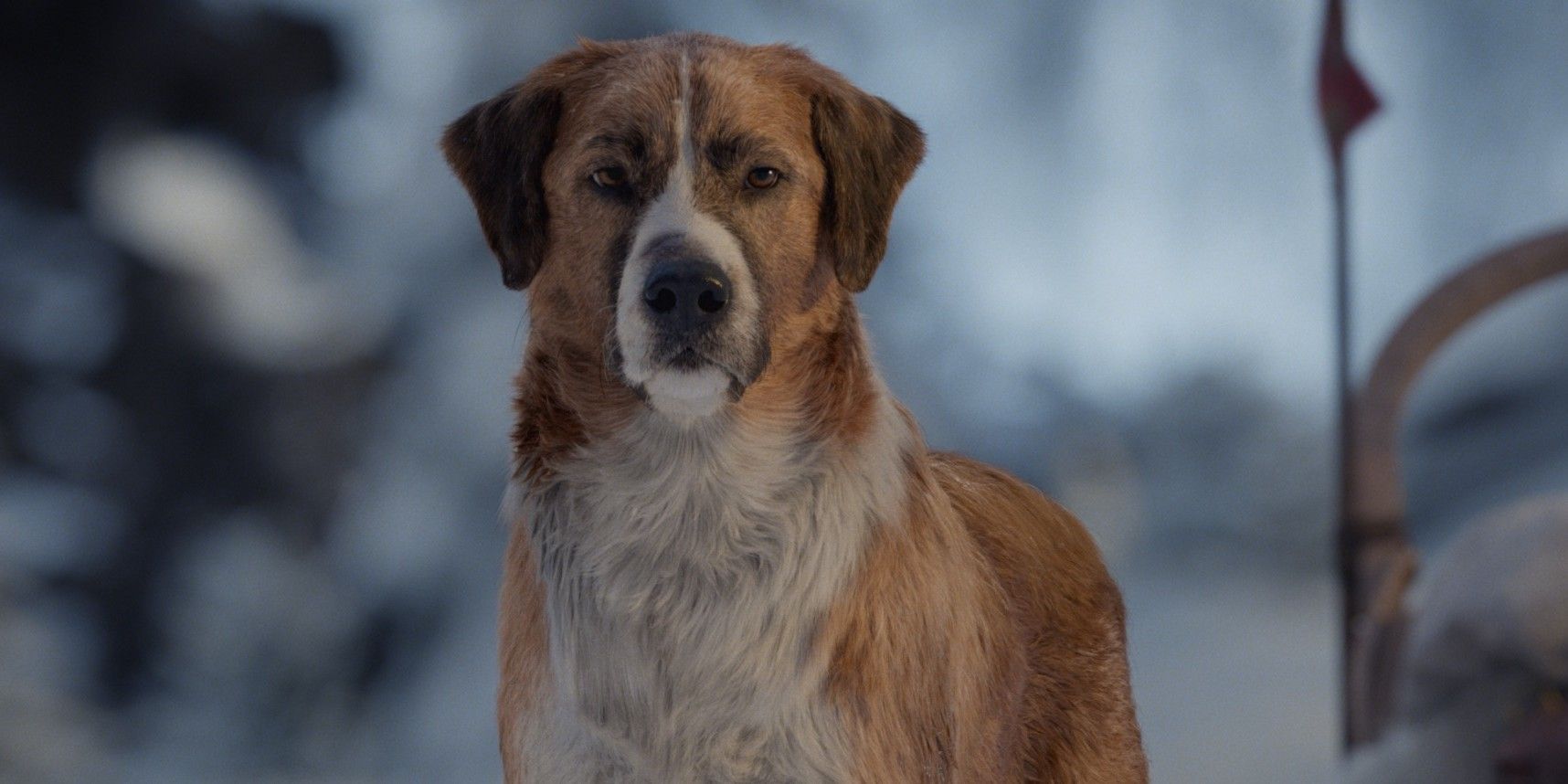
Jack London actually went to Alaska, and much of his experience there influenced his now classic novel.
While in Alaska, he stayed with brothers Marshall and Louis Whitford Bond, who owned a cabin. The pair took on London as a tenant and while he lived with them, he met the brothers' dog (also named Jack). The dog was part Collie and part St. Bernard. London admitted in a letter to the brothers, after his book was published, that Buck was based on their dog, Jack.
9 Buck Was Created in Response to a Bad Dog
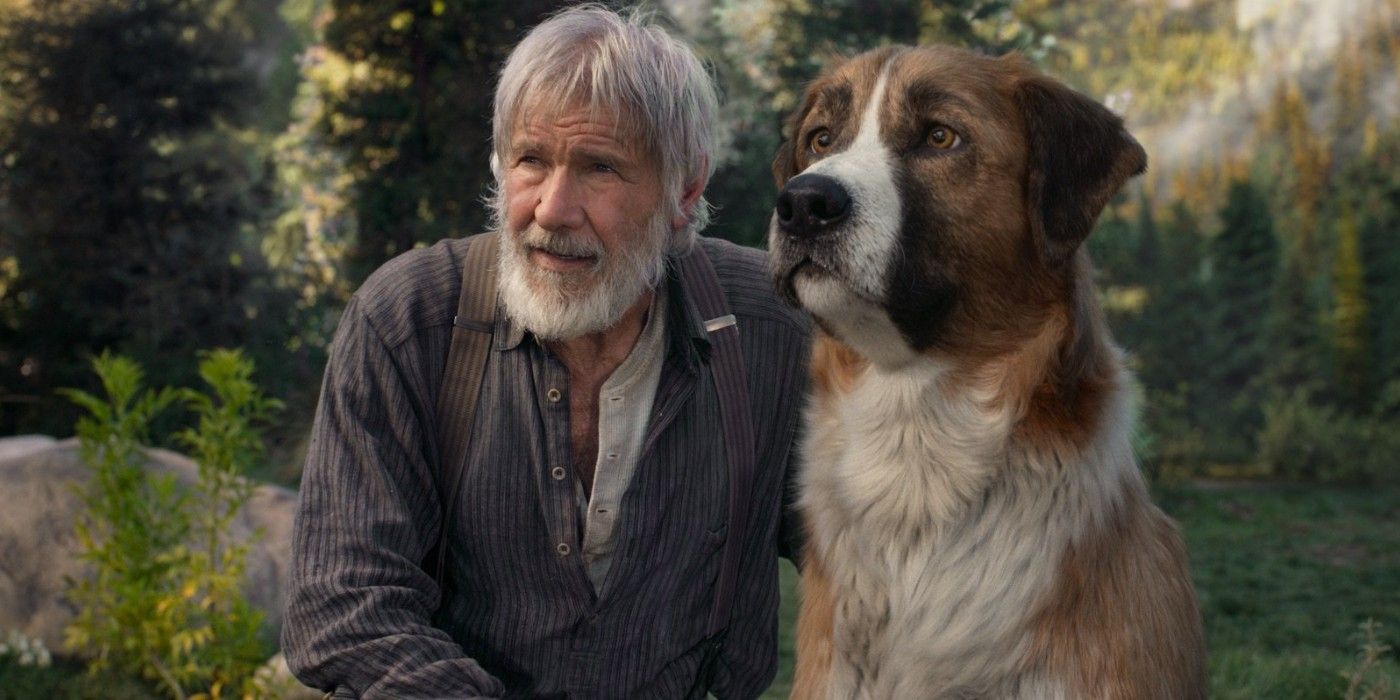
In 1902, a year before The Call of the Wild would be published, Jack London wrote and published a short story called "Diablo - A Dog," about a horrible dog who goes on to kill his master.
In response to this story, London wanted to write another short story about a good dog. London, however, lost control of the short story to the point where it got so long that he had to turn it into a novel. This short story turned novel would be titled The Call of the Wild, and it would grow to be an American literary classic.
8 Buck Looked More Menacing in the Book
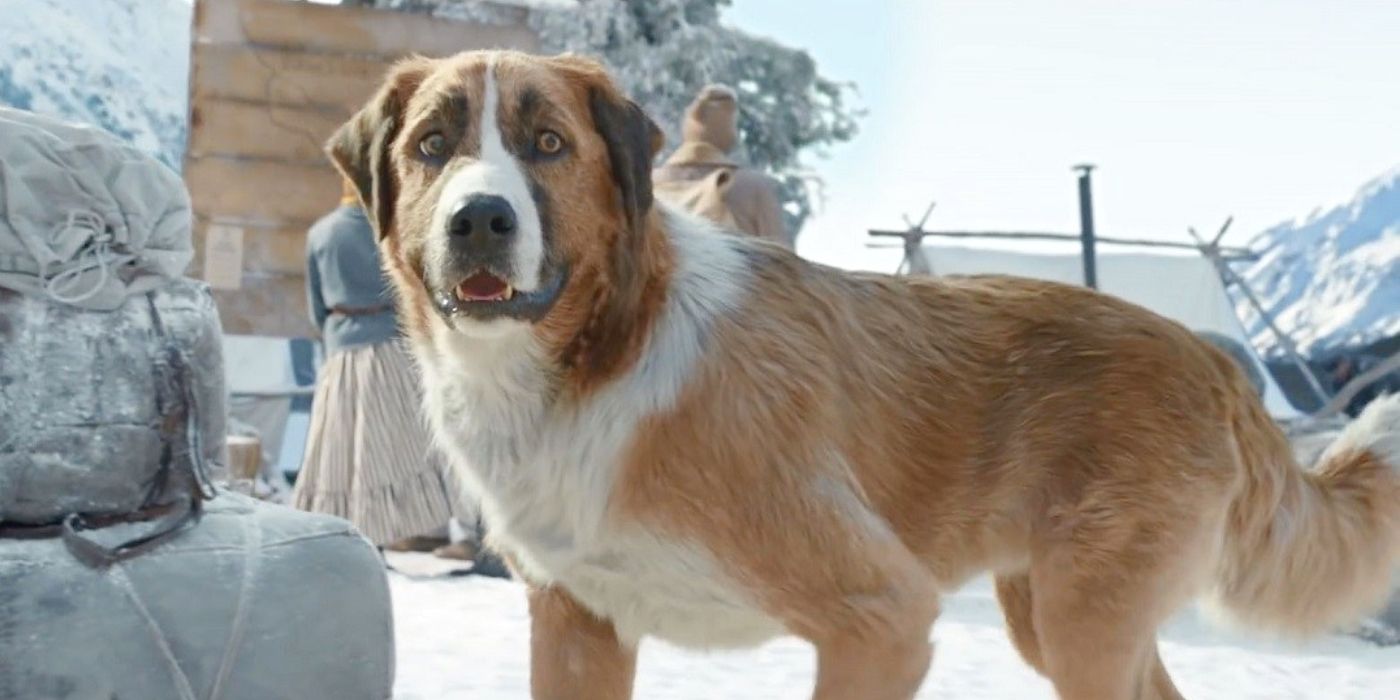
In the The Call of the Wild novel, Buck is supposed to be half St. Bernard and half Scotch Shepherd. Here, he was described as being particularly large and looking a bit like a wolf. While he has a heart of gold, his look is quite menacing on paper.
In the 2020 film, however, he is given more of a mutt style look and, while not the size of a chihuahua, is still not as large as he was described on the page.
7 Buck is Not a Husky
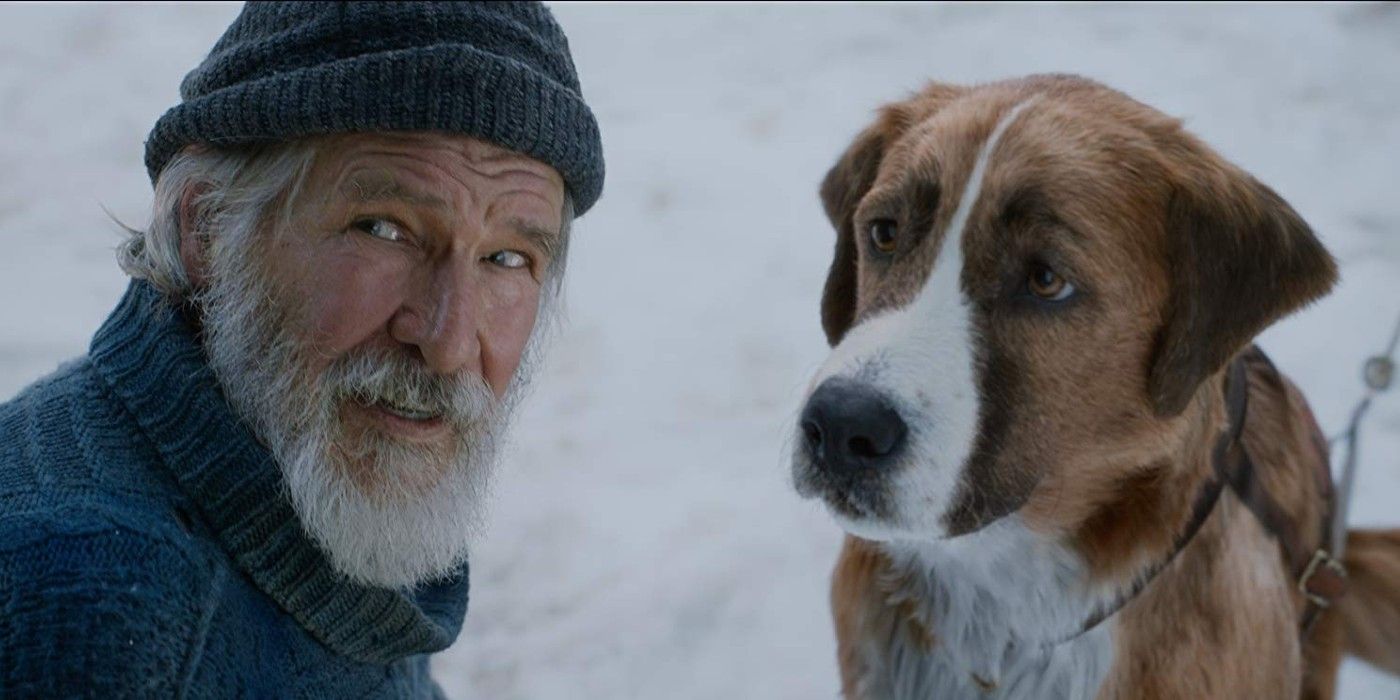
While he is described as large and slightly wolf like in the novels, Buck was never described as or intended to be a Husky, despite the breed's popularity among sled dog trainers.
Buck was always a mutt, though a large one, and the assumption by the uninitiated that he should look like a husky on film is unsubstantiated. On the page and in the film as well, Buck was always a mixed breed dog.
6 The Cinematic Buck Was Based On The Director's Dog
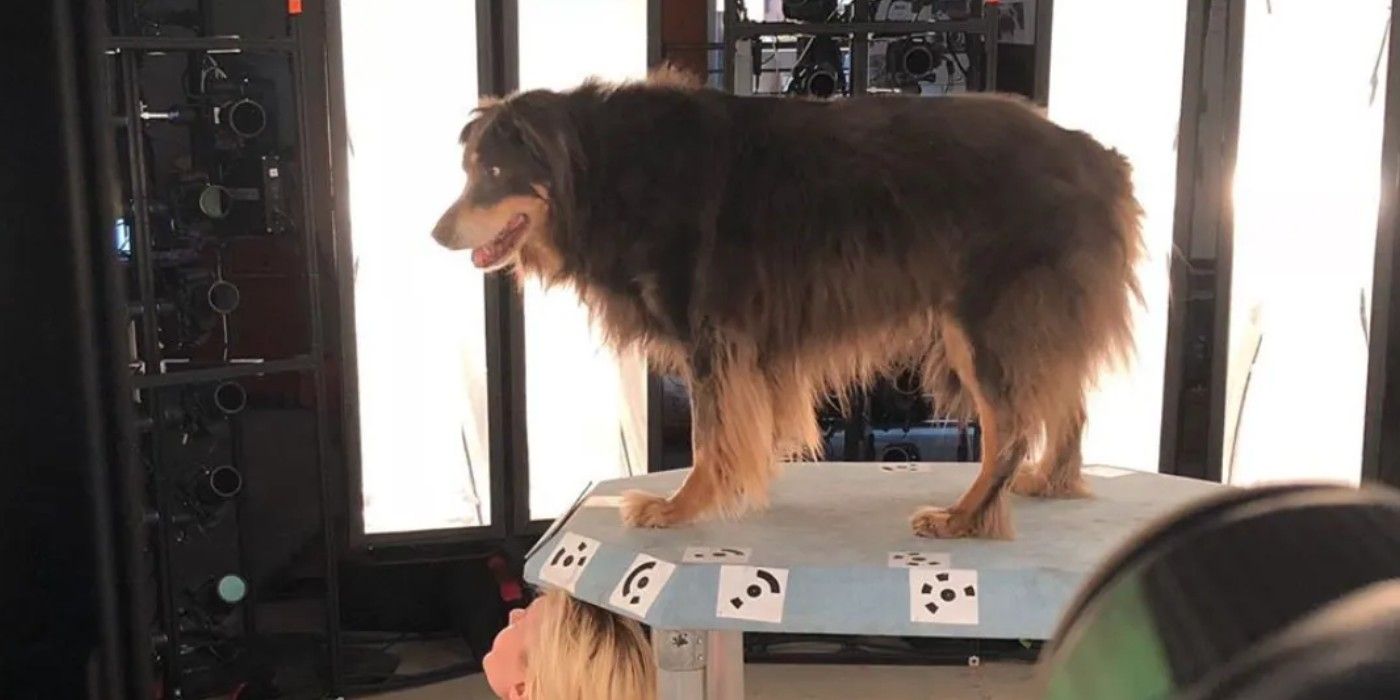
While Buck in the The Call of the Wild was based on a dog named Jack, who Jack London knew in real life, the Buck in the film was based on a different real life dog.
The director of the film, Chris Sanders, owned a dog named Buckley and the full CGI model of Buck in the film was based on a digital scan of Buckley. Buckley was adopted by the director and his family during production.
5 Buck's Voice Came From A Real Dog
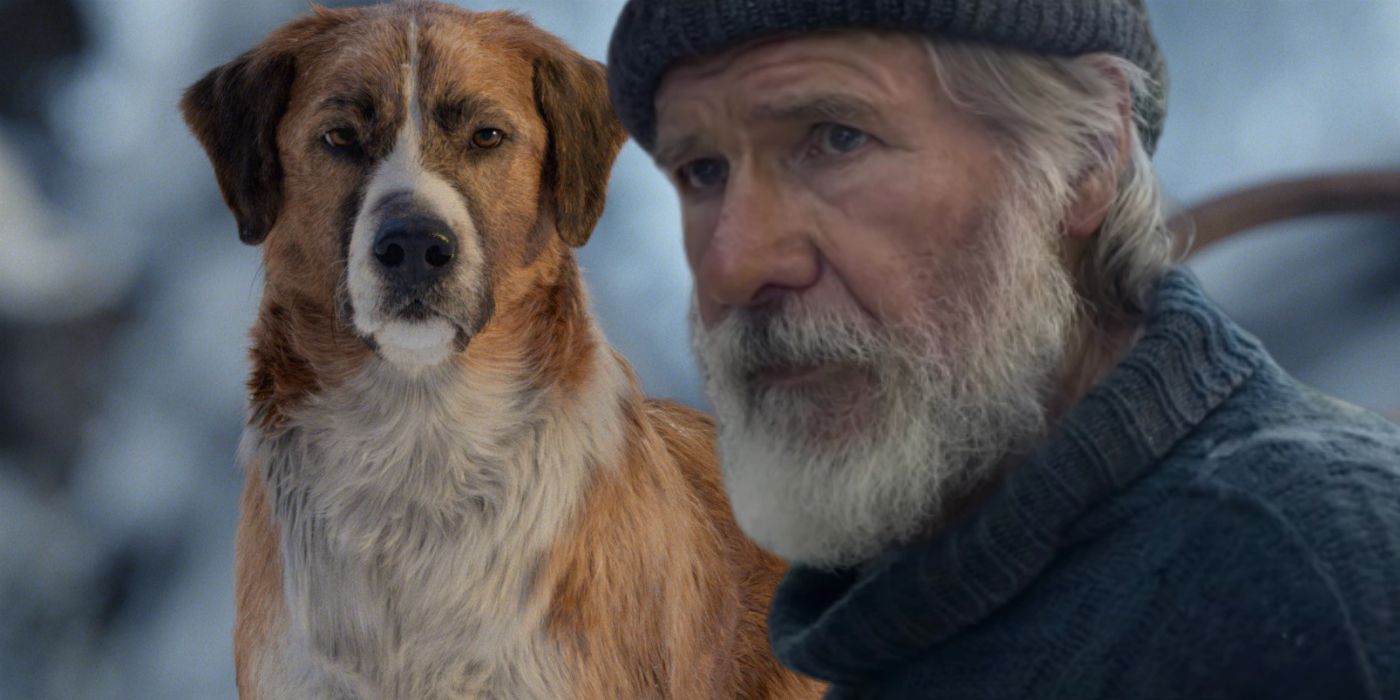
Buckley, the dog adopted by The Call of the Wild director Chris Sanders, was not only the basis for the CGI model for the Buck of the film. In fact, Buckley also provided much of the voice and sound effects for Buck.
For all intents and purposes, Buckley largely played Buck in the film, starring alongside Harrison Ford. He was lucky to go home and retire with the director and his family once production came to an end.
4 Buck Was Portrayed By A Cirque du Soleil Performer
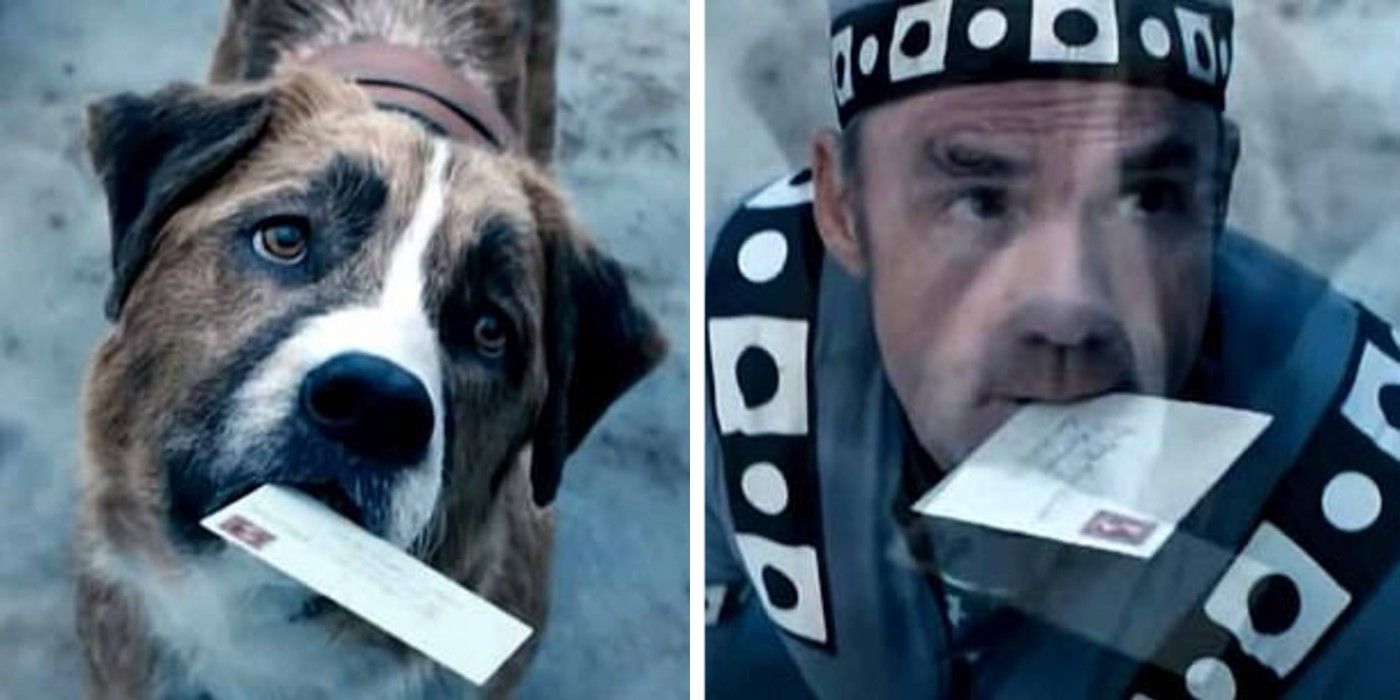
While Buckley, the adopted dog, offered up a scan for Buck's design in the film and was used for many of the dog's "lines," on set Harrison Ford did not act with Buckley or any other live animal in most scenes.
However, Ford was not acting alone. Instead, actor and Cirque du Soleil performer Terry Notary acted as Buck on set, and was his motion capture performance was later translated into the movements of the CGI Buck on screen.
3 The Book Was Originally Narrated By Buck
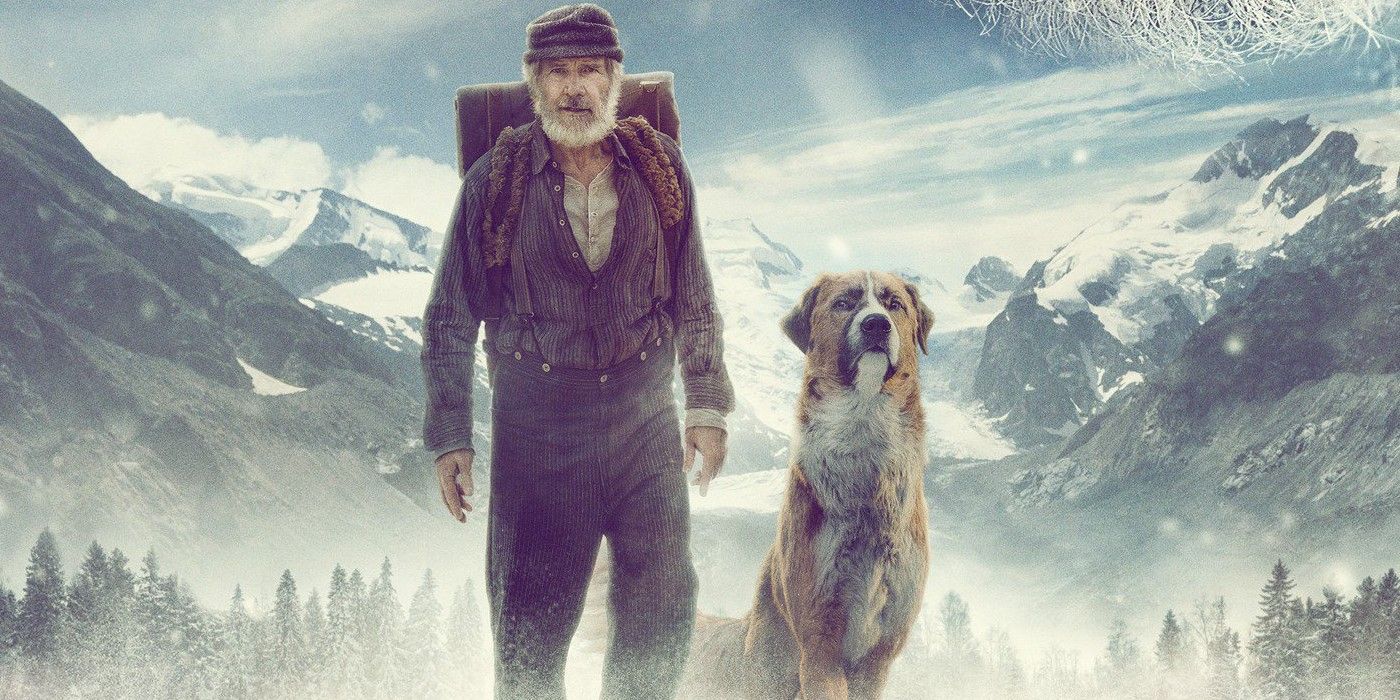
While much of the 2020 film is described by Harrison Ford's character John Thornton, the original Jack London novel is narrated from Buck's perspective.
Obviously, without a constant voice over similar to A Dog's Purpose or a much more cartoonish execution like what Balto (1995) did, it was all but impossible to translate Buck's narration from the novel onto the screen and make the film believable to a modern audience. However, for dog lovers, the book goes even deeper into what kind of animal and character Buck really is.
2 Buck Went Through Many Different Designs
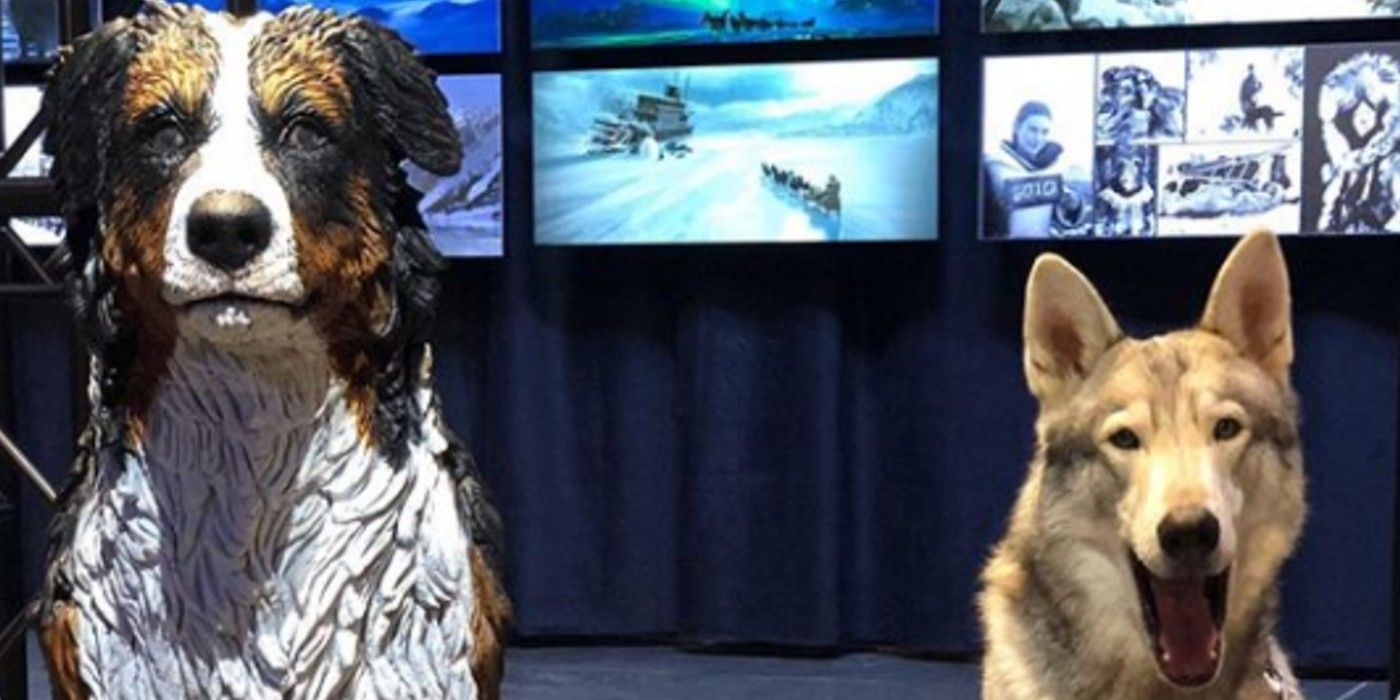
While the director's adopted dog, Buckley, would stand as the final design for the Buck character in the finished film, the original design for Buck was quite different.
Designs for how Buck should look in his CGI incarnation originally resembled a Bernese Mountain dog far more than a mutt, Husky, or St. Bernard. While the Bernese Mountain dog certainly matches the size Buck is supposed to have in the book, it's not quite a perfect match where London's description is concerned.
1 Buck was a Magazine Star
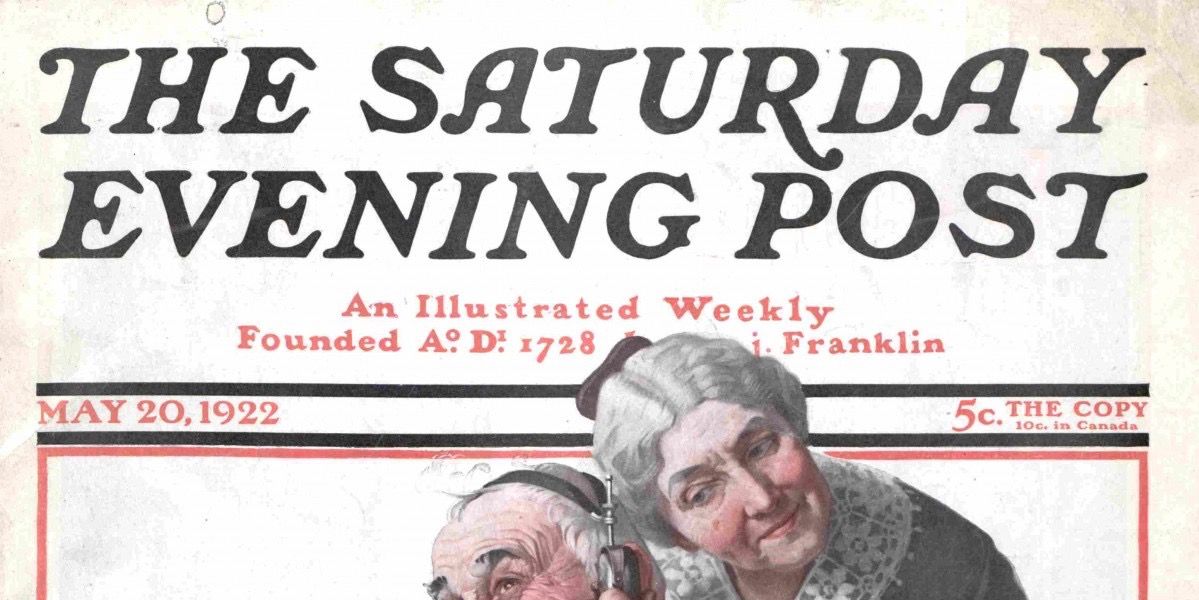
While the original tale of Buck and his adventures in the Yukon was long enough to be a novel, the story originally appeared as a serial in The Saturday Evening Post.
The year was 1903 and, for the story of Buck's adventures, author, Jack London, was paid $750. In comparison, the 2020 film made over $105 million at the box office.
from ScreenRant - Feed https://ift.tt/37wwl9Z

0 Comments